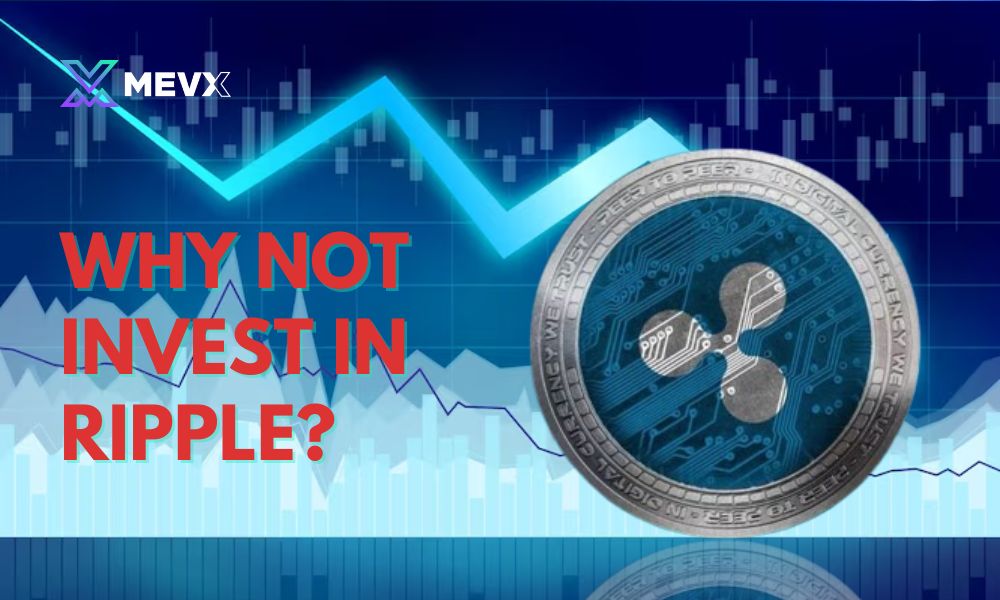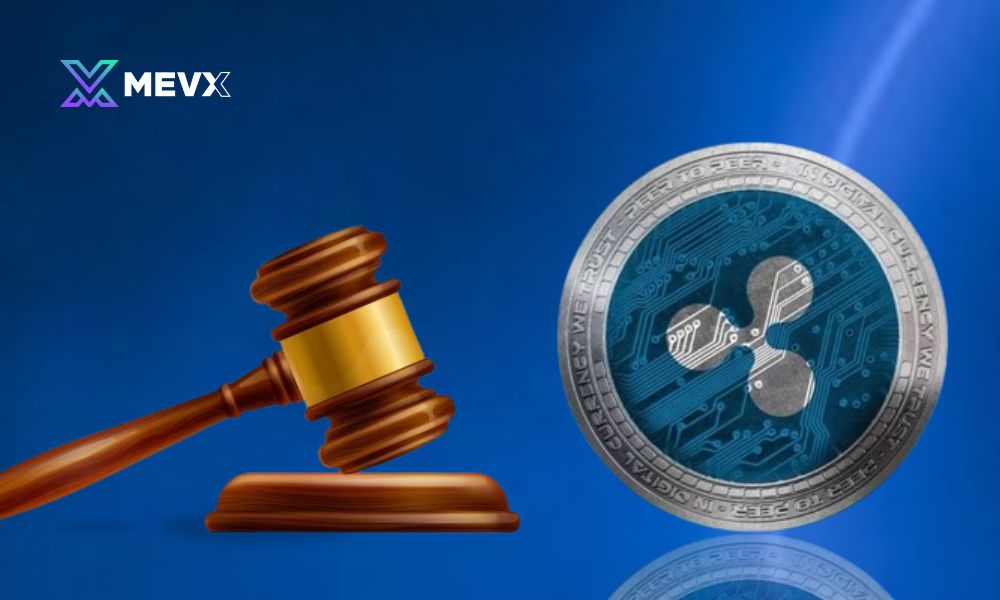The question why not invest in ripple? remains relevant for investors entering 2025. While Ripple promotes its potential in cross-border payments, significant underlying risks cast a shadow. The long-standing SEC lawsuit, centralization concerns, and fierce market competition are critical factors demanding careful consideration before investing in the XRP cryptocurrency.

The Ripple investment case
Ripple and its associated cryptocurrency XRP initially generated significant excitement within the investment community. Backed by the promise to fundamentally overhaul the global payments landscape, its vision captured widespread attention. The core proposition was compelling: offering drastically faster, cheaper, and more efficient cross-border transactions compared to established, often cumbersome systems like SWIFT, leading many early adopters to see immense potential.
This early hype attracted considerable investment. However, as the project matured and faced real-world hurdles, particularly through 2024 and into early 2025, a more cautious perspective gained ground. Beneath the surface of the heavily promoted potential lie substantial underlying factors and potential risks. Consequently, prudent investors began asking the critical question: why not invest in ripple? Understanding these complexities became crucial before allocating capital.
The protracted lawsuit with the US Securities and Exchange Commission (SEC)
This arguably remains the biggest risk and a primary factor when considering why not invest in ripple.
Ongoing legal battle: Following preliminary rulings in 2023 (notably Judge Torres’ distinction between institutional and programmatic sales), the lawsuit entered more complex phases in 2024, focusing on remedies for the institutional sales deemed unregistered securities offerings. The SEC continued to pursue potential penalties and injunctions against Ripple.
Appeals and prolonged uncertainty: The likelihood of appeals from either side regarding earlier rulings remained high. This process was anticipated to potentially extend well into 2025 or even beyond, maintaining a state of legal limbo for XRP within the crucial US market. This persistent uncertainty negatively impacts investor sentiment, potential listings on major US exchanges, and stands as a primary reason behind the why not invest in ripple question for many. As of April 2025, a final, conclusive resolution might still be pending or entangled in complex appeals.

High degree of centralization
One of the core principles of many cryptocurrencies like Bitcoin is decentralization. However, Ripple and XRP diverge significantly from this philosophy.
Ripple Labs’ supply control: Ripple Labs holds a substantial amount of XRP in escrow accounts and releases portions periodically according to a schedule. Although the company provides transparency reports, the fact that a single entity controls a large part of the potential supply raises concerns about market manipulation or sudden sell-offs.
Network influence: While the XRP Ledger has independent validators, Ripple Labs still plays a dominant role in the development and direction of the core technology. This level of centralization differs from the truly decentralized nature sought by many crypto investors and is another reason for hesitation.
Large XRP supply and potential selling pressure
The massive circulating and escrowed supply, combined with relative price performance, are factors to consider.
Escrow releases: Ripple Labs likely continued its monthly escrow unlocks throughout 2024 and into 2025. While some unlocked XRP might be returned to escrow or used for partnerships, the regular potential introduction of new supply into the market creates persistent underlying selling pressure. This can act as a drag on XRP’s price appreciation, especially during market downturns or consolidation periods.
Relative price performance: During market cycles in 2024-2025, XRP’s price may have exhibited relative underperformance compared to leading cryptocurrencies like Bitcoin or Ethereum. The ongoing burden of the SEC lawsuit is widely considered a major factor suppressing its growth potential, reinforcing the “why not invest in ripple?” argument for those seeking higher returns.
Fierce competition and questions about real-world adoption
The cross-border payments space that Ripple targets has become increasingly crowded and competitive.
Diverse competitors: Ripple faces competition not only from legacy systems like SWIFT (which is also innovating with SWIFT gpi) but also from the significant rise of well-regulated stablecoins, central bank-backed instant payment networks (like the US FedNow service), and rival blockchain projects (e.g., Stellar Lumens – XLM, various Layer 2 solutions).
Ripple Payments and XRP utility: Ripple rebranded its On-Demand Liquidity (ODL) product to Ripple Payments and likely continued to announce partnerships, particularly in jurisdictions with clearer regulations outside the US (e.g., Europe under MiCA, the Middle East, Asia-Pacific). However, the crucial question remains: How many partners are actually using XRP at significant volume for their transactions? Is the real-world demand substantial enough to drive XRP’s value sustainably? Even Ripple’s involvement in Central Bank Digital Currency (CBDC) pilots doesn’t automatically guarantee large-scale use of the XRP token itself. This uncertainty about proven, scaled adoption is a key point when considering why not invest in ripple.
The overall regulatory environment remains uncertain
Beyond the specific SEC case targeting Ripple, the broader regulatory environment for digital assets remained a significant headwind, particularly within the complex jurisdiction of the United States. This uncertainty wasn’t just about one company’s legal troubles; it reflected a systemic challenge.
As of early 2025, the notable lack of a clear, comprehensive federal framework persisted. This ambiguity created operational risks and uncertainty for the entire industry, hindering mainstream adoption and deterring institutional capital. For projects like Ripple, already embroiled in specific legal disputes, this general regulatory fog compounded their specific challenges, adding weight to the question “why not invest in ripple?”. Varying state-level rules added further complexity, contrasting sharply with regions like Europe, which had made progress with frameworks like MiCA, leaving the crucial US market shrouded in persistent uncertainty.
In summary, as of early 2025, investing in Ripple (XRP) continues to carry substantial risks. The primary reasons to consider “why not invest in ripple?” include the unresolved SEC lawsuit casting long legal shadows, intensifying competition from diverse payment solutions, and persistent questions surrounding the actual scale of XRP adoption and utility in real-world transactions. Centralization concerns also remain a factor for many investors. Any potential investment decision requires careful evaluation of these elements against individual risk tolerance. For continuous in-depth analysis and the latest news concerning Ripple and the broader cryptocurrency market, be sure to follow MEVX Trader.
